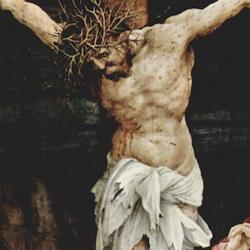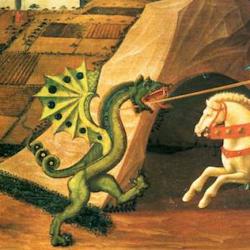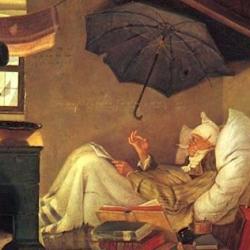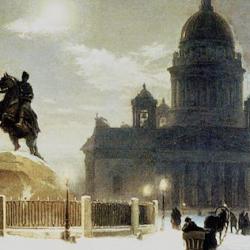The TLS review of the two-volume collection of The Poetry of Robert Herrick (edited by Tom Cain and Ruth Connolly) gives a brief review of Herrick’s reputation in the modern world. That reputation has been determined by attitudes to what the reviewer calls Herrick’s “gargantuan” appetite for the miniature.
As with many poets, that reputation was determined by TS Eliot, who was not taken with Herrick’s delight in tiny things, and found that his fragmentary poetry lacked a grand scheme and outlook that would have made it great. For Eliot, Herrick was the quintessential “minor poet.”
More recent critics are more at home with Herrick’s bricolage” Leah Marcus in The Politics of Mirth (1986), that Herrick’s massive compendium of the apparently ephemeral and transient was pitched against the rising tide of Puritan sobriety in the 1620s and 30s, that signature pieces such as ‘Corinna’s going a-Maying’ and ‘The Hock Cart’ contributed to royalism’s rearguard defence of ‘merry England.’”
Katherine Maus’s turned the defense of Herrick into a critique of academic criticism. She thought that the negative views of Herrick arose from “the increasing marketization of academic literary study over the past few decades, which has led ‘many of us to internalize frustration and competitiveness and seek to display our accomplishments,’ militates against the valuation of such ‘non goal-oriented’ pleasures as Herrick speaks for – ‘recreation and play . . . dreams and fantasies . . . holiday . . . courtship that need not lead to sexual intercourse.’ ‘We who publish our readings and list them on our ever-lengthening c.v.s,’ she concluded, ‘tend to find our own ambitions more in synch with the anxious strivers of the world, the Donnes or Jonsons or Bacons or Miltons, than with the Herricks.’”
Even minor poets, it seems, can provide some major clues to shifting poetic sensibilities.















